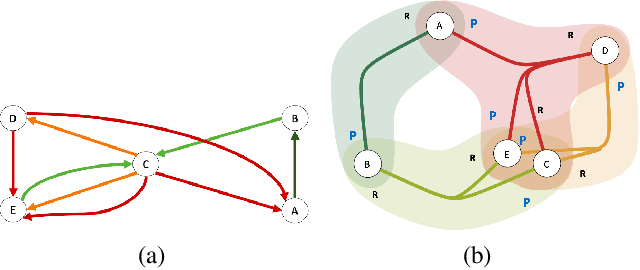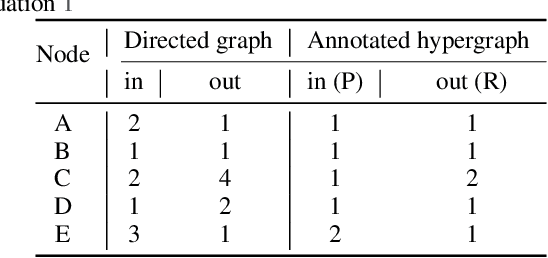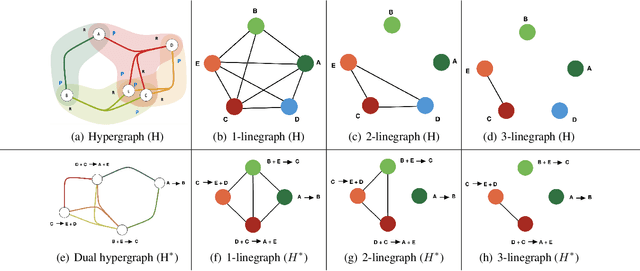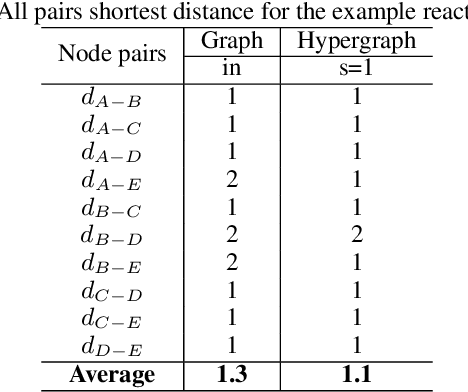Vipul Mann
G-MATT: Single-step Retrosynthesis Prediction using Molecular Grammar Tree Transformer
May 04, 2023Abstract:In recent years, several reaction templates-based and template-free approaches have been reported for single-step retrosynthesis prediction. Even though many of these approaches perform well from traditional data-driven metrics standpoint, there is a disconnect between model architectures used and underlying chemistry principles governing retrosynthesis. Here, we propose a novel chemistry-aware retrosynthesis prediction framework that combines powerful data-driven models with chemistry knowledge. We report a tree-to-sequence transformer architecture based on hierarchical SMILES grammar trees as input containing underlying chemistry information that is otherwise ignored by models based on purely SMILES-based representations. The proposed framework, grammar-based molecular attention tree transformer (G-MATT), achieves significant performance improvements compared to baseline retrosynthesis models. G-MATT achieves a top-1 accuracy of 51% (top-10 accuracy of 79.1%), invalid rate of 1.5%, and bioactive similarity rate of 74.8%. Further analyses based on attention maps demonstrate G-MATT's ability to preserve chemistry knowledge without having to use extremely complex model architectures.
AI-driven Hypernetwork of Organic Chemistry: Network Statistics and Applications in Reaction Classification
Aug 02, 2022



Abstract:Rapid discovery of new reactions and molecules in recent years has been facilitated by the advancements in high throughput screening, accessibility to a much more complex chemical design space, and the development of accurate molecular modeling frameworks. A holistic study of the growing chemistry literature is, therefore, required that focuses on understanding the recent trends and extrapolating them into possible future trajectories. To this end, several network theory-based studies have been reported that use a directed graph representation of chemical reactions. Here, we perform a study based on representing chemical reactions as hypergraphs where the hyperedges represent chemical reactions and nodes represent the participating molecules. We use a standard reactions dataset to construct a hypernetwork and report its statistics such as degree distributions, average path length, assortativity or degree correlations, PageRank centrality, and graph-based clusters (or communities). We also compute each statistic for an equivalent directed graph representation of reactions to draw parallels and highlight differences between the two. To demonstrate the AI applicability of hypergraph reaction representation, we generate dense hypergraph embeddings and use them in the reaction classification problem. We conclude that the hypernetwork representation is flexible, preserves reaction context, and uncovers hidden insights that are otherwise not apparent in a traditional directed graph representation of chemical reactions.
Robust and Efficient Swarm Communication Topologies for Hostile Environments
Aug 21, 2020



Abstract:Swarm Intelligence-based optimization techniques combine systematic exploration of the search space with information available from neighbors and rely strongly on communication among agents. These algorithms are typically employed to solve problems where the function landscape is not adequately known and there are multiple local optima that could result in premature convergence for other algorithms. Applications of such algorithms can be found in communication systems involving design of networks for efficient information dissemination to a target group, targeted drug-delivery where drug molecules search for the affected site before diffusing, and high-value target localization with a network of drones. In several of such applications, the agents face a hostile environment that can result in loss of agents during the search. Such a loss changes the communication topology of the agents and hence the information available to agents, ultimately influencing the performance of the algorithm. In this paper, we present a study of the impact of loss of agents on the performance of such algorithms as a function of the initial network configuration. We use particle swarm optimization to optimize an objective function with multiple sub-optimal regions in a hostile environment and study its performance for a range of network topologies with loss of agents. The results reveal interesting trade-offs between efficiency, robustness, and performance for different topologies that are subsequently leveraged to discover general properties of networks that maximize performance. Moreover, networks with small-world properties are seen to maximize performance under hostile conditions.
 Add to Chrome
Add to Chrome Add to Firefox
Add to Firefox Add to Edge
Add to Edge